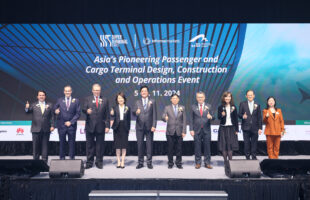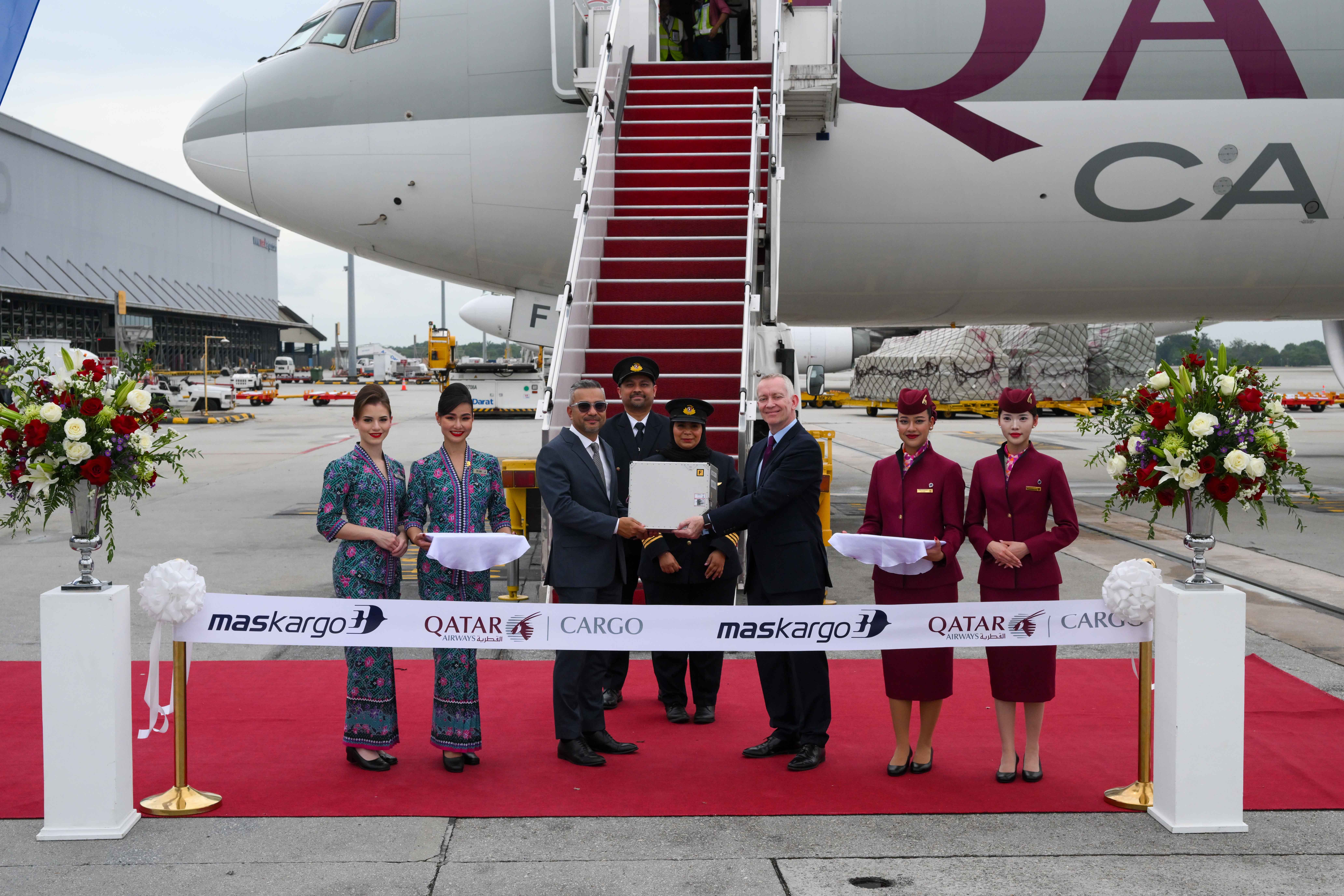

Preliminary June 2024 traffic figures released by the Association of Asia Pacific Airlines (AAPA) showed robust growth in international air passenger markets, fuelled by healthy demand for air travel approaching the peak summer holiday season. International air cargo demand also expanded strongly, in tandem with a pick-up in manufacturing activity across the Asian economies, including China and India.
Overall, Asia Pacific airlines recorded a 21.0% year-on-year increase in the number of international passengers carried to a combined total of 28.9 million in June, with traffic volumes averaging 90.2% of the corresponding month in 2019. Correspondingly, demand in revenue passenger kilometres (RPK) grew by 23.8% year-on-year, almost matching the 24.0% expansion in available seat capacity. As a result, the international passenger load factor edged 0.2 percentage points lower to average 82.2% in June.
Meanwhile, international air cargo demand as measured in freight tonne kilometres (FTK) increased by an encouraging 16.4% year-on-year in June. Rising e-commerce appetite and security concerns in the Red Sea spurred demand for air freight shipments. After accounting for a 12.6% growth in offered freight capacity, the average international freight load factor climbed 2.0 percentage points higher to average 62.8% for the month.
Commenting on the results, Mr. Subhas Menon, AAPA Director General said, “Asian airlines are seeing robust traffic growth, in tandem with expansion in global economic activity and improvements to connectivity within the region and globally. In summary, during the first half of the year, the region’s airlines carried a combined total of 173 million international passengers, a 40% increase compared to the same period last year.”
“International air cargo demand grew by 16% during the same period, as a pick-up in export activity, coupled with disruptions to maritime shipping, drove an increase in air freight volumes carried across major trade lanes.”
Looking ahead, Mr. Menon said, “International air passenger and cargo markets are poised for further growth in the latter half of the year, driven by sustained positive momentum in the global economy, despite some uncertainties in the geopolitical landscape. Increased services to new and existing destinations will further boost travel demand, with traffic volumes expected to recover to pre-pandemic levels by the end of the year. Meanwhile, the region’s carriers remain focused on safe and sustainable operations, whilst maintaining cost efficiency.”









